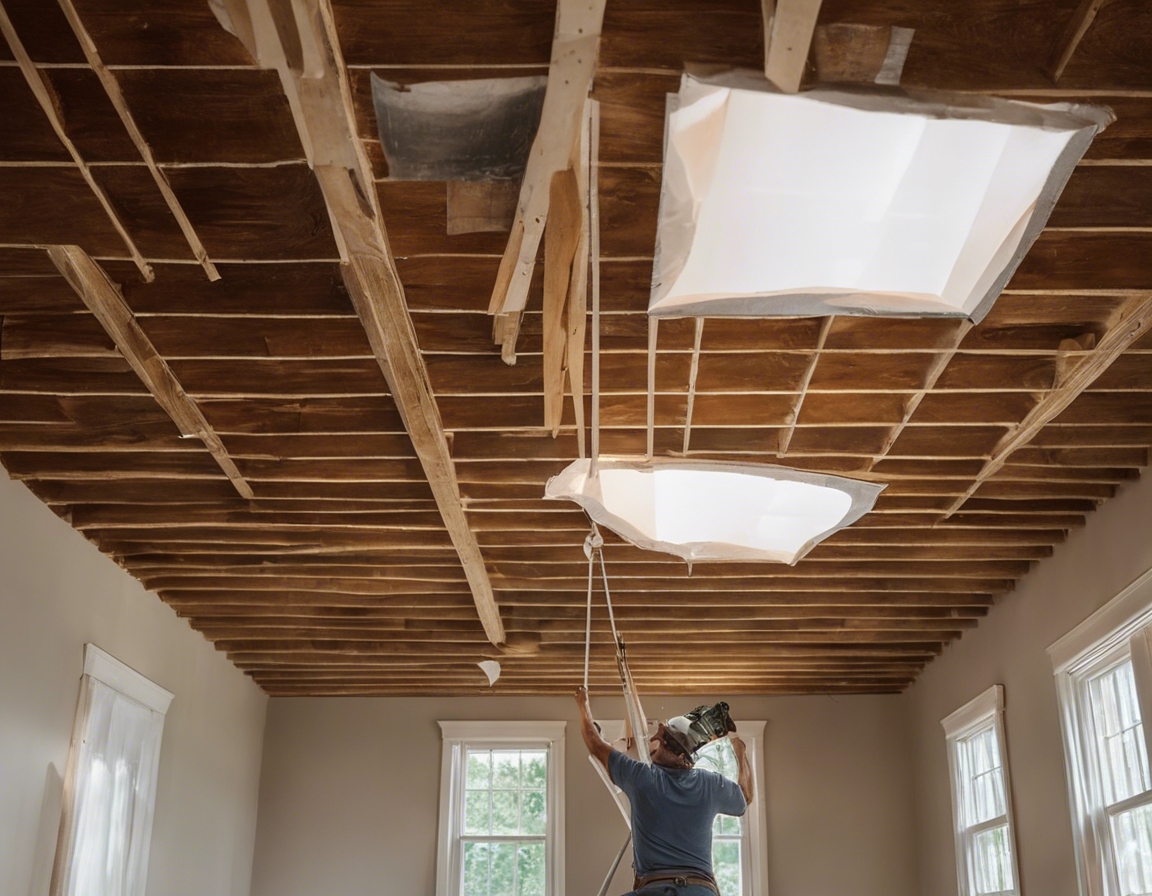Why steel construction is the future
Steel construction refers to the practice of using steel as the primary structural material in buildings and infrastructure. It encompasses a range of techniques and applications, from the steel frameworks of skyscrapers to the intricate designs of bridges and industrial facilities.
Historically, construction materials have evolved from natural resources like wood and stone to more advanced composites and metals. Steel has emerged as a superior choice due to its unique properties, which have been enhanced by technological advancements over time.
Advantages of Steel Construction
Steel boasts exceptional strength-to-weight ratios, making it an ideal material for structures that require both robustness and minimal weight. Its durability ensures longevity and resistance to environmental stresses, such as corrosion, when properly treated.
The versatility of steel allows for creative and innovative architectural designs. It can be molded into almost any shape, providing architects with the freedom to realize their most ambitious visions.
Steel is highly recyclable, which reduces its environmental footprint. The industry's commitment to sustainability has led to the development of eco-friendly steel production methods and the widespread reuse of steel materials.
Steel structures can be prefabricated off-site and assembled quickly on-site, significantly reducing construction times and allowing for faster occupancy.
While the initial costs of steel may be higher than some other materials, its longevity and low maintenance requirements make it a cost-effective solution over the lifespan of a building.
Technological Advancements in Steel Construction
New steel alloys and treatments have been developed to enhance the performance of steel in construction, making it stronger, lighter, and more resistant to environmental factors.
Advances in fabrication technology have streamlined the production of steel components, allowing for precision and efficiency in the construction process.
BIM technology has revolutionized the planning and management of construction projects, and steel construction has benefited greatly from this integration, allowing for improved collaboration and error reduction.
Steel Construction in Practice
Steel is increasingly being used in residential construction, offering homeowners durable, energy-efficient, and aesthetically pleasing options for their homes.
For commercial and industrial buildings, steel is the material of choice due to its ability to span large spaces, support heavy loads, and adapt to a variety of uses.
Around the world, steel construction has been integral to the development of iconic structures that demonstrate its potential and versatility. These case studies highlight the innovative use of steel in various contexts.






Comments (0)